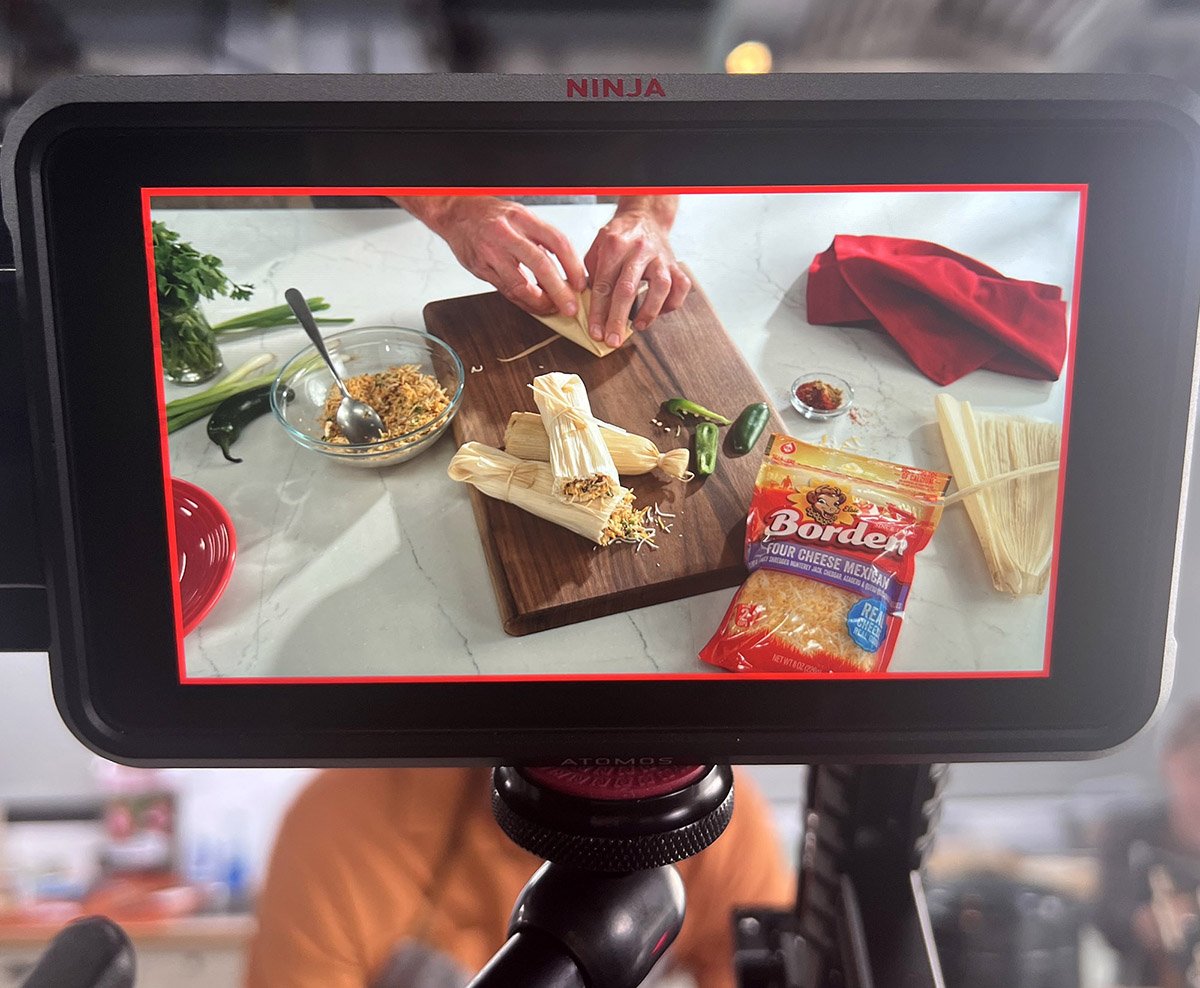The Complete Guide to Content Strategy
How much has your business grown in the last year? How much would you like to see it grow in the coming year? If your business isn’t flourishing in all the ways you had hoped, you can turn everything around by evaluating one thing: content strategy. Whether or not you already create content as a part of your marketing efforts doesn’t matter if you don’t have a solid, defined strategy for growth behind that content.
Due to the high demand for quality, trustworthy content, it has become essential for every business to cultivate a winning digital content strategy. Over time, the content your business produces will mold your brand and define the way your audience sees you.
When it comes to creating the perfect content strategy for your business, there are a few key questions you need to answer:
What types of content are right for you and your audience?
Should you consider a marketing partnership?
How will your strategy align with current and future content marketing trends?
To help you answer these questions, let’s take a deep dive into content strategy, what it is, how it works, and where it’s going.
What Is Content Strategy?
The definition of content strategy is the continuous process of creating the right content and getting it to the right people, in the right place, at the right time. Content strategy isn’t something you can work on for a while, forget about, and then expect it to remain effective. It is ever-evolving because it is meant to guide the creation, delivery, and authority of relevant, helpful content. Content strategy drives your content marketing goals.
An essential piece of content strategy is data. To get the most out of your strategy, there are a few key data points that you need to keep an eye on:
Engagement Rate: Measure the efficacy of your content. A good engagement rate is at least 3%
Audience: Know your audiences and get to know their differences. Use that information to address each segment in a meaningful, unique way that will resonate with them.
Analytics: Data, data, and more data. Successful content strategy ideas won’t appear out of thin air. Analytics removes the guesswork.
Where Did It Come From?
The first blog was published in 1994, and the phrase “content marketing” was brought into existence in 1996 at the American Society for Newspaper Editors. However, blogs remained fairly underground until the 2000s, and content marketing was not yet adapted for digital use.
The emergence of social media in the early to mid-2000s really brought content and content marketing into the spotlight. As content became increasingly important for marketing efforts and search engines began to develop algorithms to sort through it all, content strategy was born.
Strong Content Strategy Benefits Your Marketing Efforts
Once you experience the benefits of content strategy planning, you’ll wonder why you weren’t doing this from the start. Creating and implementing content strategy means that you’ve graduated from stumbling around in the dark, making decisions based on intuition, to making data-based decisions that are proven to work.
The benefits of effective content strategy are:
You’ll get to know your audience, who they are, what motivates them, where they are in their buyer’s journey, and how your content can help them.
Define measurable goals by creating an outline that identifies KPIs and sets a timeline to manage accountability and expectations.
You create a strong content base that gives you more breathing room to test new ideas and strategies.
Generating helpful data and insights that justify your decisions to ramp up or discontinue certain aspects of your strategy.
Documented content strategy ensures that everyone is on the same page. It helps keep content consistent, on-brand, and useful.
Content Trail Mix: Which Ingredients Are Right For You?
How well do you know your audience? Do you know what each segment of your audience wants, what they care about, and how they prefer to engage with your brand? Crafting the perfect content strategy starts with your customers. If you don’t know who you’re speaking to and what’s important to them, how can you build a successful strategy? Get to know your audience by asking some questions.
What problems are they trying to solve?
What do they care about?
Do your current customers leave comments?
Where do you see the most engagement?
What queries populate your website on a SERP?
Answering these questions will help you get to know your audience and decide which content types are right for you.
Content Options
There are four primary types of content you can utilize. You don’t have to use them all, but you should incorporate as many as you can (and that makes sense) into your content strategy.
Blogs are a great way to distribute valuable content to your customers and kick-start your SEO game.
Infographics turn boring numbers and data into visually engaging graphics. They’re inexpensive and can be integrated into your blog content, too.
Videos are one of the most versatile and effective marketing tools available. They’re the most accessible and, when kept short, the most engaging form of content.
Case Studies show your current and potential customers how beneficial your products or services are. They are an excellent way to illustrate the full customer journey and what your clients stand to gain.
In addition to these four most popular content types, there are many more options to learn about. Take a look at our guide to finding the right content for your business to learn more about them all.
How Marketing Partnerships Drive Content Strategy
Authenticity is a top characteristic that customers desire from any brand. When done well, marketing partnerships are the perfect tactic to demonstrate this to your audience.
Partnership marketing means collaborating with another business to build a new marketing campaign that benefits both businesses. These partnerships are an excellent way to drive content strategy and meet your business goals. Just how can a partnership drive your content strategy?
Broadening Your Audience: You get to connect with new audiences, which can increase loyal customers, sales and provide helpful new data that can be used to enhance your strategy.
Cost-effective: Vendors with brand partners almost always chip in for co-marketing expenses, and some even offer a full reimbursement when a significant ROI is achieved.
Co-Branded Original Content: New and valuable content that comes from two trustworthy brands increases customer loyalty.
Boost Brand Identity: These partnerships build brand identity, particularly when a lesser-known brand partners with well-known ones.
Types of Partnership Marketing
Although there are many ways to build marketing partnerships, the two most common are:
Affiliate marketing is when publishers collaborate with brands to give them access to new customers.
A distribution partnership means two brands partner up, bundle their products or services, and cross-market each other’s goods.
Marketing partnerships matter. They’re a surefire way to grow your content strategy, increase your visibility, and benefit your business overall. Who knew that brand loyalty could be a transitive property? With this in mind, it’s no surprise that they’ve quickly become one of the most effective marketing strategies around.
What’s in Store for the Future of Content Marketing
Content marketing has become a central part of the advertising industry, and it’s still growing. While it’s important to strategically plan for the present, it’s equally important to plan for the future. Looking ahead, content marketing isn’t going to undergo any fundamental changes, but there are some slight shifts in focus that you need to be aware of and prepare for, such as:
Video and Live-Stream: The popularity of video as a marketing medium cannot be overstated. People have come to prefer and expect video content. Live-streaming has made video an even more personal and communal experience for customers.
Conversational Marketing: Audiences now see right through traditional marketing tactics and do not take them seriously. To truly hook your audience, you’ll need to engage them in the most human way possible.
Optimize Content for Smart Devices: Alexa, Google, and Siri are here to stay, so you’ve got to optimize your content for voice search and smart devices.
Authenticity on Social Media: Social media is the perfect channel for content distribution. It ensures your content will be seen. Additionally, audiences have come to expect that brands will create an active social media community that reflects their values.
Collect Data or Die: Data is vital to effective content marketing, and that’s not going away. In fact, data should be the reason behind every single thing you do. Just make sure you’re using the metrics that matter.
Drive Your Business With Valuable Content
Does your content strategy need some work? Don’t put it off; start now. If one thing has become clear, it’s this: a winning content strategy means your content marketing efforts will be successful, and your business will thrive. Grow your business by publishing the right content, building marketing partnerships, and planning for the future.
At the JBD Agency, content strategy is what we do. We work closely with our clients to ensure we build the perfect content strategy every time. We recognize that each brand is unique and that individual content strategies need to reflect that. Learn more about our approach to marketing and how we can grow your business today.


